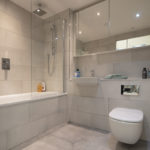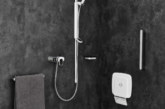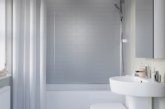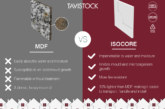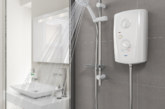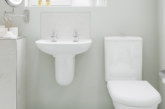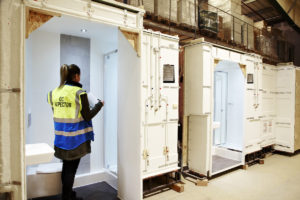 Richard Tonkinson provides some insight into the latest trends in the use of pod technology.
Richard Tonkinson provides some insight into the latest trends in the use of pod technology.
The use of bathroom pods in the residential sector has increased hugely in recent years. Prior to that, bathroom pods were most commonly used in student accommodation and hotel projects. A significant change is the adoption of pods across all market sectors and price points.
The benefits of using pods in high-rise buildings are well documented but their application for detached, low-rise housing is currently less prominent. However, we are now seeing a significant rise in future demand in medium-density, medium-rise housing.
A recent trend is the large shopping centre groups reallocating surplus land to residential and particularly to build-to-rent. These schemes are often three to four-storey buildings where offsite construction is being designed in from the outset to accelerate delivery, reduce programme times and improve the quality of construction.
We are also receiving more enquiries and interest from developers of senior living schemes and have engineered a solution that allows pods to be installed into timber-framed structures.
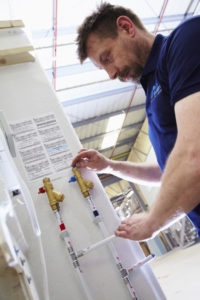 What is a bathroom pod?
What is a bathroom pod?
In simple terms, a pod is only pod for the purpose of manufacturing and transportation to site. Once it is installed, it is little different from an in-situ built bathroom, aside from improved quality of fit and finish. The principal function of the pod carcase is to allow offsite fitting out and delivery to site. The carcase is typically either steel-framed or GRP, depending on the end use and budget:
- Steel-framed pods allow tiled interior finishes and a higher level of design flexibility. Applications include large-scale apartment schemes.
- GRP pods have lower capital expenditure, are robust and easy to maintain and clean. These pods are widely used for student accommodation, social housing and hospitals.
New innovations in pod technology include:
- Demountable GRP pods for projects with restricted access.
- Hybrid GRP pods which offer an enhanced finish with options such as recesses and tiled feature walls.
- Floorless pods for projects where a continuous level floor finish is required.
- Utility rooms for multi-occupancy apartment schemes.
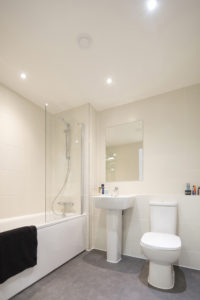 Key drivers for the use of bathroom pods
Key drivers for the use of bathroom pods
Pods offer significant benefits for projects on constrained urban sites where the space for material storage is a challenge. Fully completed bathrooms can be delivered to a carefully planned programme for installation in just a few hours — removing the need for storage on site and reducing vehicle movements.
One of the key drivers for bathroom pod procurement is to reduce programme times. By moving bathroom construction into a controlled factory environment, the programme saving on a large residential project can be as much as 20 weeks. This means a faster return on investment for the developer or earlier occupation for the social housing client – and greater certainty of completion on time and to budget.
Reducing risk and improving construction quality
Site-based bathroom construction typically requires around seven different trades and 10-15 operations plus the required drying times. With offsite manufacture, this is reduced to a single pod supplier, which means less risk of delays and simplified procurement. Bathroom pods also reduce the requirement on site for skilled subcontracted labour, supervision and the associated health and safety obligations.
The production line environment of pod manufacture offers consistently higher quality, and improved productivity. The repetitive nature of bathroom pod production means that the units can be completed to higher quality standards than on site.
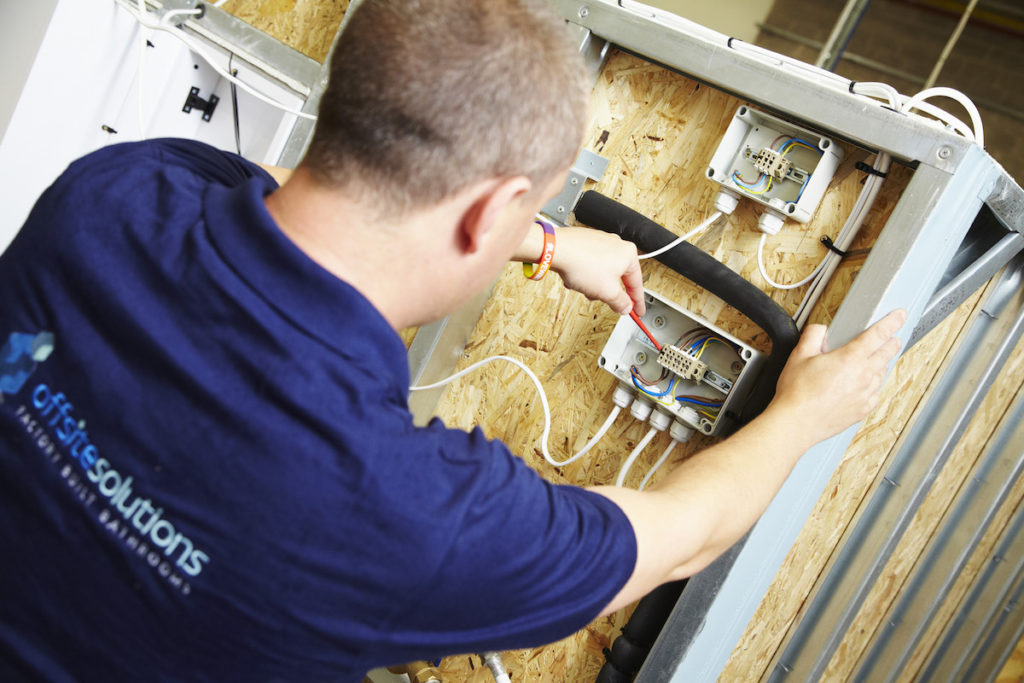
How to procure bathroom pods
The most critical consideration for bathroom pod procurement is to engage early. Pods should be designed into the first stages of a construction project and installation must be allowed for in the build-up of walls and floors to reduce the likelihood of access issues.
To optimise efficiency, specifiers should rationalise the number of design types in size and shape, and variations, such as left and right-hand versions, as far as possible. This is key to achieving the economies of scale for efficient offsite manufacture.
When procuring bathroom pods, we would advise checking:
- Guarantees and accreditations — The manufacturer’s guarantees should be 12 years for steel-framed and 50 years for GRP pods, with back-to-back guarantees for sanitaryware and fittings.
- Customer service commitments — In-house design resources, a dedicated site manager who will visit site at regular intervals; and after sales support to advise on any installation issues.
- Quality control — A robust pre-delivery testing regime should be in place — look at the procedures closely. All pods should be fully traceable throughout their life for enhanced quality control.
- Visit the factory — Look closely at the manufacturer’s financial stability, figures for repeat business, and project management expertise. Talk to past customers as part of the procurement process.
- Pod construction — Examine the pod construction details to ensure longevity. For example, the entire walls and floor to the wet area of a steel-framed pod should be fully tanked — not just half of the shower wall. GRP pods should have robust wall detailing with encapsulated honeycomb polypropylene. Be aware that cheaper alternatives such as cardboard can be susceptible to delamination.
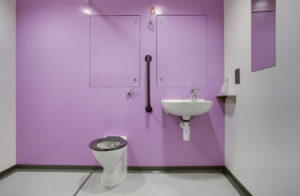 Some projections for the future
Some projections for the future
The adoption of bathroom pods by the major housebuilders will require a change of mindset — and to facilitate that, workshops can be hosted to work through how bathroom pods can be used for different building types to maximise the benefits, whilst still offering a degree of customer choice.
Specifiers like to give prospective tenants the opportunity to choose from a range of finishes for their new homes. However, in order to suit offsite manufacture, the choice for the bathrooms has to be rationalised and the number of footprints limited. It is still possible to offer a choice of finishes, such as colour palettes, provided the bathroom footprints are consistent, specification decisions fit with the production scheduling, and there is sufficient volume for production runs of at least 100 bathrooms.
Richard Tonkinson is Executive Director of Offsite Solutions, the UK’s leading bathroom pod manufacturer

